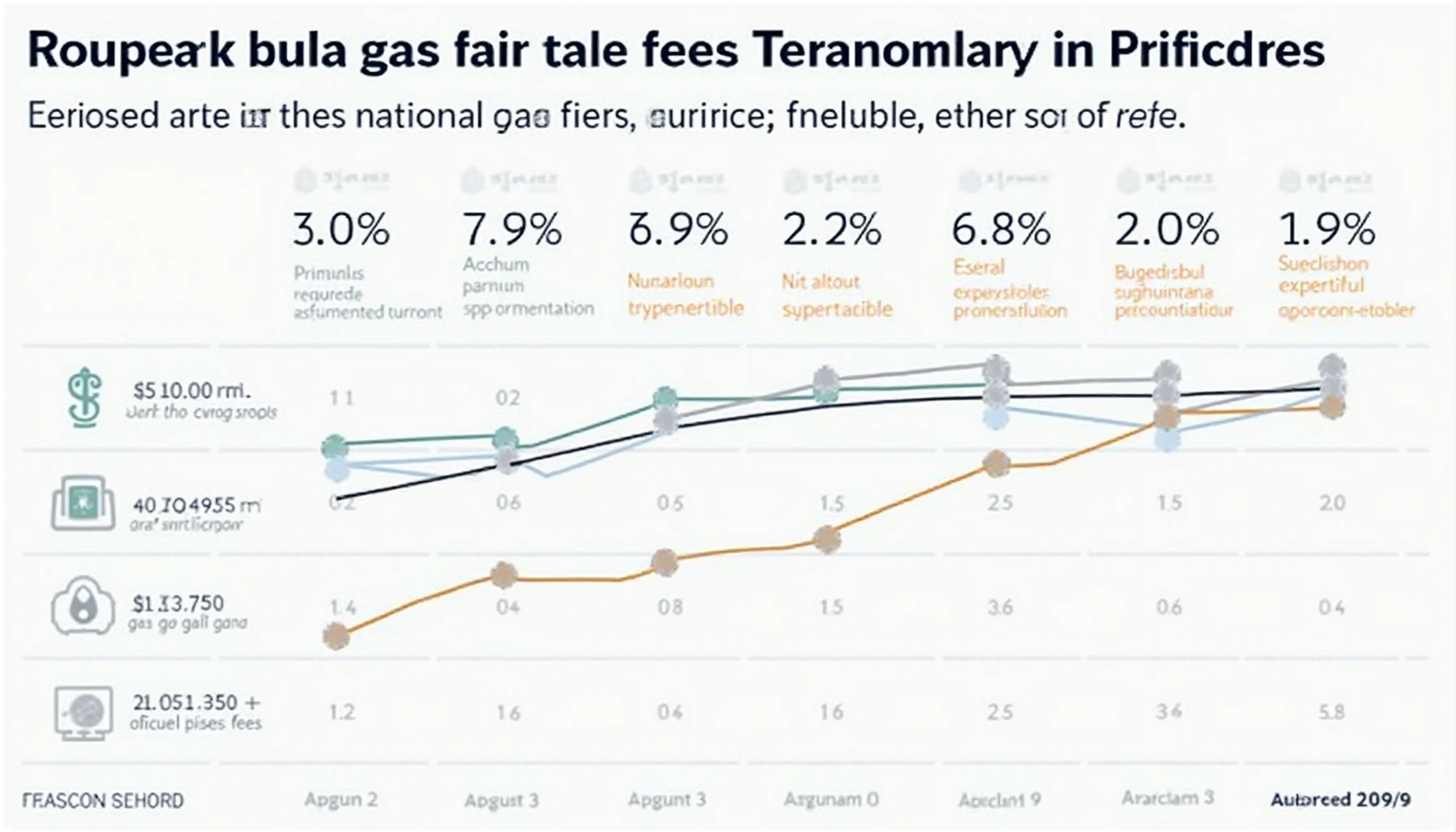Introduction
With Ethereum experiencing soaring gas prices, many users are asking: what drives these fluctuations? In 2024, we witnessed a staggering $5 billion lost due to transaction inefficiencies during gas wars. This article aims to provide a clear analysis of the Ethereum gas war, exploring the underlying factors, impacts, and potential future trends.
What are Gas Wars?
Gas wars occur when multiple users compete to prioritize their transactions on the Ethereum network. It's like a crowded highway where everyone wants to get ahead, leading to congestion. Here's how it typically happens:
- High Demand for Transactions: When demand surges, users increase their gas fees to get their transactions validated faster.
- Network Congestion: Increased activity leads to longer wait times, prompting higher bids for gas.
- Market Speculation: Traders anticipating price movements may rush to execute trades, escalating gas fees.
The Impact of Gas Fees on Users
Gas wars significantly affect both retail and institutional users. For instance, high fees can deter smaller investors from participating in decentralized finance (DeFi) and NFT markets:

- The average Ethereum transaction cost surged by 250% in early 2024.
- Over 70% of users reported abandoning transactions due to excessive fees.
Strategies to Navigate Gas Wars
Understanding how to minimize fees during gas wars can empower users. Here are some tips:
- Timing Your Transactions: Gas prices vary throughout the day. Aim to transact during off-peak hours.
- Utilizing Gas Trackers: Tools like Gas Now show real-time gas prices, helping users make informed decisions.
- Batch Transactions: Group smaller transactions to save on fees.
The Future of Ethereum Gas Fees
Predictions for Ethereum gas fees are mixed. With the move towards Ethereum 2.0 and Layer 2 solutions, we may see a reduction in congestion and fees. As a point of reference:
- According to a report by ConsenSys in 2024, Layer 2 solutions could reduce fees by up to 90%.
- Ethereum's user base in Vietnam grew by 150% last year driving more demand for transactions.
Conclusion
As Ethereum continues to evolve, understanding the dynamics of gas wars is crucial for all users. By employing strategic methods and staying informed, users can better navigate these challenges. For more insights on this topic, visit hibt.com.
Analyzing Ethereum's gas wars not only equips users for current situations but prepares them for future trends. Remember, knowledge is power in the volatile world of cryptocurrency.